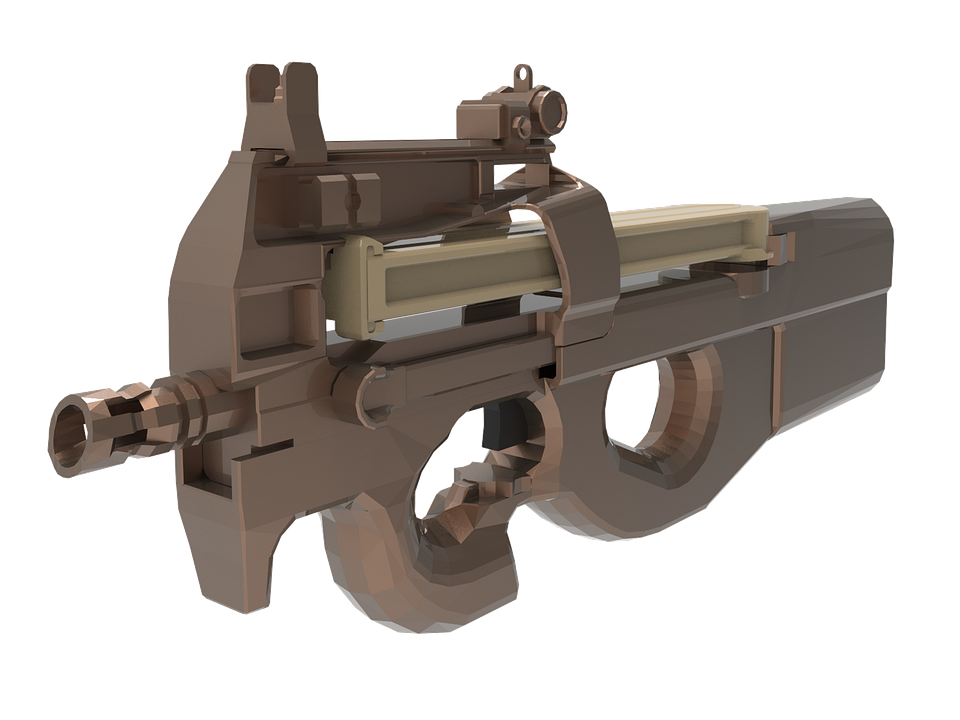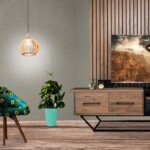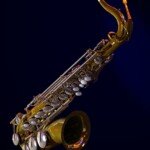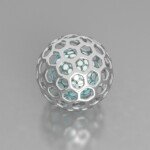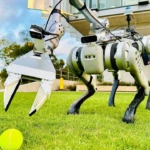Climb new heights: The revolution of 3D printed rock climbing braces
Climbing gyms and route builders are constantly pursuing innovation to challenge athletes and create engaging experiences. 3D printed climbing spots are a technology that can quickly reshape the landscape of walls. Additive manufacturing transcends traditional molding methods and unlocks unprecedented design freedom and customization potential. For climbers looking for the ultimate grip and gym owners who prioritize performance and aesthetics, understanding this technology is key—especially when entering the realm of durable, unique metal grips.
Why 3D printing is taking the climbing world by storm
Traditional stationary manufacturing relies on making molds, which limits complexity and makes low-volume custom shapes economically unfeasible. 3D printing removes these barriers:
- Super customized: Design to fit specific training needs (finger strength, slopes, pockets), replicate iconic outdoor features, or even create branded shapes to match your gym theme. Athletes can design an ergonomic shape based on their unique hand geometry.
- Complexity: Produce scaffolds with complex textures, organic shapes, negative spaces and unformable internal structures. This means more diverse movement possibilities and realistic simulation of natural rock features such as dark tones or complex curls.
- Rapid prototyping and iteration: Quickly test design concepts, make adjustments based on climber feedback, and install new anchor points to the wall faster than waiting for new molds to be machined.
- Reduce waste: On-demand production minimizes excess inventory and waste associated with the mold manufacturing process. Print only what you need, when you need it.
- Digital warehousing: Designed digitally, the store can be reprinted at any time with no storage costs, perfect for replacing worn items or reissuing popular sets.
Choose materials: from polymers to premium metals
Material selection is critical and determines grip feel, weight, durability and cost:
- Plastic (PLA, PETG, ABS, nylon): Commonly used in consumer/home printing. Affordable and functional, it’s fine for basic holding, but wears out relatively quickly with heavy use, doesn’t feel very sturdy, and may lack the premium grippy feel of a professional hold.
- Reinforced polymers (e.g. glass/carbon fiber nylon): Greater strength and stiffness compared to pure plastic, improving durability while being lighter than metal. This is a popular upgrade that provides a more wear-resistant custom mount.
- Resin (SLA/DLP/LCD): Achieve exceptionally high-detail prints, capturing subtle texture changes for superior grip. Can match or exceed the feel of a molded grip, but is generally more brittle than tough thermoplastic or metal.
Metal Edge: Strength, Feel, Lifespan
Metal 3D printing (such as DMLS – Direct Metal Laser Sintering) advances manufacturing levels. It’s not about simple metal shapes; It’s about unlocking the benefits of metal through design freedom:
- Unparalleled durability: Metal resists chipping, cracking, and abrasion much better than plastic. They can withstand heavy gym use, hard impacts, and countless cranks without noticeable wear and tear. Ideal as a hold or key training piece for high-traffic setters.
- Unique aesthetic and feel: Providing a unique cold, hard, smooth yet secure feel that is loved by many climbers. The beauty of intricately printed metal creates a premium, modern look on the wall. Surface treatments (polished, sandblasted, radial) drastically change the grip characteristics.
- Heat dissipation: Metal dissipates frictional heat better than plastic, potentially improving comfort during prolonged use.
- Higher weight: Provides a more solid feel, aiding stability.
The material of the metal bracket matters – Beyond "just metal":
Specialty metal additive manufacturing uses specific alloys to achieve optimal performance in climb retention:
- Aluminum alloy (e.g. AlSi10Mg): Lightweight, strong, corrosion-resistant, and relatively affordable for metal additive manufacturing. A great starting point for balancing performance and cost. Provides good thermal conductivity.
- Stainless steel (316L, 17-4 PH): High strength, excellent corrosion resistance (vital for sweaty gym environments!) and strong abrasion resistance. 17-4 PH provides greater strength through heat treatment.
- Titanium alloy (Ti64 – Ti6Al4V): Ultimate strength to weight ratio, biocompatibility (less skin irritation) and excellent corrosion resistance. A luxurious option for premium or ultra-lightweight needs.
- Bronze alloy: Less common, but has unique aesthetic appeal and wearing characteristics.
Designing for success: form, function and safety
Creating high-performance 3D printed stents, especially metal stents, requires specialized knowledge of:
- Ergonomics and Geometry: Designing a comfortable, biomechanically sound grip requires an understanding of hand anatomy and climbing dynamics.
- Texture Engineering: Simulate natural rock friction. This involves precise control of surface patterns during design and post-processing (e.g. microcrystallization, sandblasting).
- Wall Compatibility: Ensure secure connections (T-nut slots/bolts), proper bolt gap depth, and no dangerous protrusions or angles. The design must consider standard gym wall stud spacing and panel thickness.
- Structural integrity: Optimizing fill density and feature geometry to withstand high dynamic loads without failure is especially important for smaller crimps where stress is concentrated primarily at the bolt-thread interface. Finite element analysis (FEA) is often used for critical components.
- Safety first: It is critical to smooth out sharp edges and thoroughly verify the design for actual use to prevent injuries.
The Advantages of Professional Metal Additive Manufacturing: Partnering with GreatLight
Bringing complex, durable metal climbing support designs from screen to wall requires industrial-grade functionality. This is where working with an experienced metal additive manufacturer comes in, e.g. huge light Possibility of changing:
- Advanced manufacturing: GreatLight uses state-of-the-art metal 3D printers, capable of processing complex climbing geometries with high precision using the best alloys.
- Design Optimization and DfAM (Design for Additive Manufacturing): Expert engineers collaborate to optimize your metal AM design – ensuring printability, strength, efficient material utilization, safety and desired surface texture from the beginning. This includes addressing potential manufacturing defects common in complex shapes.
- Material consultation: A guide to selecting the ideal metal alloy (aluminum, stainless steel, titanium) based on functional requirements (strength, weight, friction, corrosion resistance) and budget.
- Comprehensive post-processing: The original metal print requires finishing. GreatLight offers a full suite of services: support structure removal, T-nut channel machining, critical surface smoothing, advanced heat treatments (stress relief, aging, hardening), and multiple surface finish options (polished, sandblasted, tumbled, textured media blasted). This is critical to achieving the ultimate feel, look, security and long-term durability of your grip.
- Rapid prototyping and scalable production: From a single prototype to a full production run, GreatLight delivers quality quickly. Their process streamlines the entire process from concept to installation.
- quality assurance: Rigorous testing and inspection ensures each metal bracket meets structural integrity and safety standards, giving gym owners and athletes peace of mind.
Beyond Printing: Installation and Maintenance
- Install: Always follow gym rules. Use appropriate bolts and washers. Make sure the T-nut is seated correctly. For metal fixings, make sure the threads line up smoothly. Apply appropriate force when tightening – avoid over-tightening.
- maintain: Metal cargo holds are low maintenance. Regular cleaning with mild soap and water will remove chalk buildup and sweat residue. Avoid using harsh chemicals that may corrode the surface. Regularly inspect the cargo hold for any signs of damage (extremely rare, but critical to safety).
Conclusion: Grip’s future is printed
3D printing doesn’t just complement traditional manufacturing; it opens up a whole new realm of climbing experiences. The ability to create custom, complex, and extremely durable shapes—especially using high-performance metal alloys—provides route-setters with unprecedented capabilities. Metal 3D printed grips offer a unique blend of durability, unique aesthetics and refined grip contours to enhance training and climbing enjoyment.
Work with specialist metal AM manufacturers, e.g. huge light is the basis for unlocking this potential safely and effectively. Their expert end-to-end capabilities—from engineering guidance and material selection to precision printing and critical post-processing—ensure climbers and gym owners receive holds that perform flawlessly and withstand the toughest challenges. Whether creating unique signature suits, ultra-functional training tools, or replicating elusive rock features with unprecedented precision, metal 3D printing powered by precision manufacturers is truly scaling new heights in the climbing world.
Frequently Asked Questions About 3D Printed Climbing Brackets
-
Q: Will 3D printing be as supportive as traditional molding?
A: Depending on the material and print quality, the strength of plastic prints can vary greatly. Professionally manufactured products, especially those using reinforced polymers or resins, that come close to or match the retention strength of molding. Metal 3D printed stents, usually produced using industrial processes (such as those used by GreatLight) Exceed Significantly maintains the durability and strength of standard molded plastic or resin, Making them virtually unbreakable under normal use.
-
Q: How slippery are the 3D printed grips? Is there a problem with the texture?
A: Textures are fully controllable through design and post-processing. While basic household prints can be slippery, professional manufacturers optimize surface patterns and employ finishing techniques (microblasting, etching, tumbling) to achieve superior friction that matches or exceeds commercial hold. Metal grips generally feel smoother but provide a very secure hold due to their inherent friction properties.
-
Q: Are metal 3D printed brackets too heavy?
A: Weight varies based on alloy and size/density. Aluminum alloy is very light. Although denser than plastic, even stainless steel brackets typically add minimal hanging weight. Optimized design (using hollow structures wherever possible) helps control weight. Many climbers prefer "significant" Feel.
-
Q: Can I 3D print climbing spots at home?
A: Yes, plastics (PLA, PETG, ASA) are possible on consumer FDM printers. However, be aware of the significant limitations: less durability, potential for slippage, slower production speeds, and most importantly, major safety responsibilities. Home prints require careful design, high-fill printing, post-processing, and rigorous strength testing forward Use at your own risk. Professional fabrication (like GreatLight) is highly recommended for critical use or metal fixing.
-
Q: How expensive are custom 3D printed stents (especially metal stents)?
A: Professionally printed custom single plastic brackets may be on par or slightly higher than mid-range commercial brackets. Metal stents involve complex additive manufacturing processes and post-processing, resulting in higher unit costs than standard plastic stents, reflecting their unique performance, durability and manufacturing complexity. However, the value proposition comes from the freedom of custom design, longevity (repeated replacement of broken plastic brackets) and unique training benefits. GreatLight focuses on providing professional-grade results at competitive prices.
-
Q: What format of files do I need to provide?
Answer: STL is a universal standard for 3D printing. Higher resolution STL ensures better print quality. GreatLight can often work from a concept sketch and provide complete design and engineering services.
-
Q: How long does it take to get a custom metal printed bracket?
A: Including design optimization (if required), printing and post-processing, lead time for metal fixtures is usually faster than developing a new injection mold. Turnaround times can range from days for simple prototypes to weeks for large, complex kits. GreatLight emphasizes rapid customization and quick turnaround.
- Q: Will the metal bracket damage the plastic bracket?
A: Metal brackets are much harder than plastic and will cause accelerated wear if they are hit hard repeatedly during installation or removal. Proper installation techniques and caution are recommended when removing fixed points near each other. They are extremely durable, which means they won’t crack or chip when hit.
Customize your next climb. GreatLight specializes in bringing the strongest, most innovative metal climbing brace designs to life. Get a quote for your unique project today!
